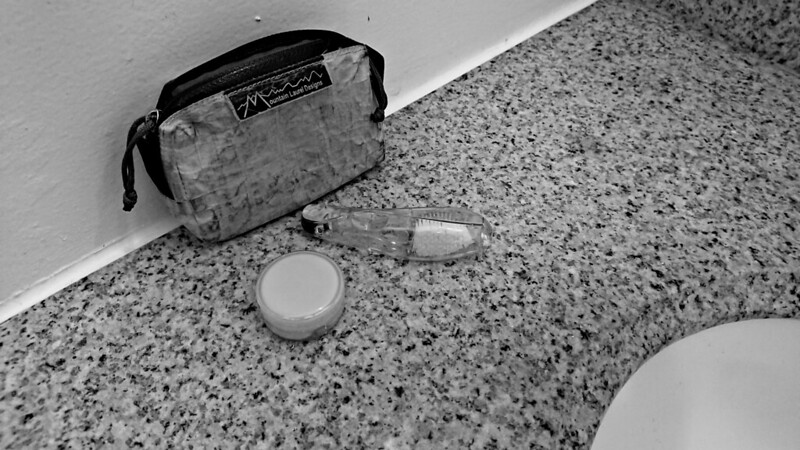Identifying individuals by using a laser to record the vibrations of their heartbeat is a neat idea.
The Pentagon’s new Jetson laser sounds like a simple concept:
A new device, developed for the Pentagon after US Special Forces requested it, can identify people without seeing their face: instead it detects their unique cardiac signature with an infrared laser. While it works at 200 meters (219 yards), longer distances could be possible with a better laser. “I don’t want to say you could do it from space,” says Steward Remaly, of the Pentagon’s Combatting Terrorism Technical Support Office, “but longer ranges should be possible.”
Contact infrared sensors are often used to automatically record a patient’s pulse. They work by detecting the changes in reflection of infrared light caused by blood flow. By contrast, the new device, called Jetson, uses a technique known as laser vibrometry to detect the surface movement caused by the heartbeat. This works though typical clothing like a shirt and a jacket (though not thicker clothing such as a winter coat).
I wonder if they aim center mass, or if they can get a reading off the carotid. If it’s the former, it seems likely to be defeated by wearing plates, which is probably good life advice if the Pentagon is interested in you anyways.
The article also mentions that “[o]ne glaring limitation is the need for a database of cardiac signatures”, but I suspect they can just acquire that data from Apple, Strava, Fitbit, etc.

